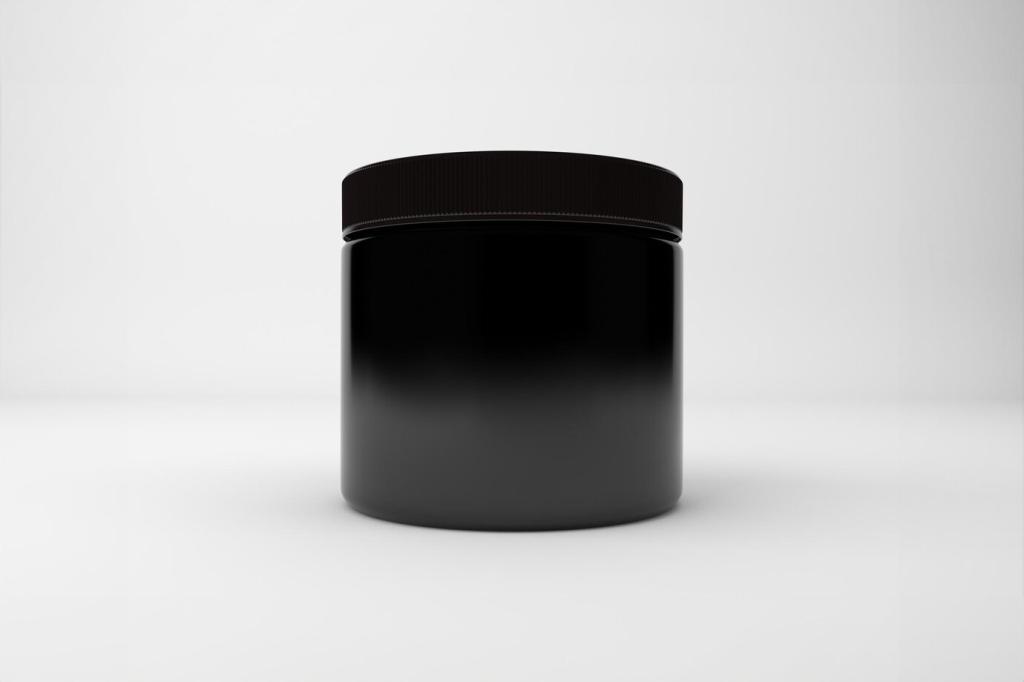Essential Elements of Minimalist Home Decor
Minimalist home decor has become a defining trend, celebrated for its simplicity, functionality, and timeless style. Emphasizing clean lines, a restrained color palette, and purposeful design, minimalist principles foster calm, uncluttered spaces that promote mindfulness and intentional living. This approach is not simply about having less, but about making deliberate choices—celebrating quality, fostering spaciousness, and crafting an environment that supports well-being. The essence of minimalist decor lies in balancing beauty and practicality, where each element serves a purpose and spaces become serene havens from the chaos of modern life.

Clean Lines and Geometric Forms
Minimalist interiors honor clean, uninterrupted lines and basic geometric forms. This approach is evident in everything from furniture to architectural details, where straight edges and smooth surfaces define the aesthetic. Furniture pieces are often low-profile, with subtle curves or sharp, angular features that provide structure without overwhelming the senses. The result is a cohesive look that emphasizes function and clarity—inviting the eye to focus on the overall harmony of the room rather than intricate carvings or ornate moldings. By emphasizing geometric purity, minimalist decor supports a sense of order and calm throughout the home.
Functional Layouts
A key aspect of minimalist design is the thoughtful arrangement of furniture and decor to maximize both utility and spaciousness. Each item requires a clear purpose, supporting daily activities and routine while maintaining a sense of flow. Open floor plans are common, as they visually expand a room and remove barriers to movement. Furniture is organized in a way that encourages interaction and relaxation, with ample negative space allowing light and air to circulate freely. Attractive yet functional storage solutions play a crucial role in keeping everyday items accessible but out of sight, ensuring the space remains uncluttered and harmonious.
Restrained Decor
Decorative elements in minimalist homes are selective and understated, serving to enhance rather than dominate the surroundings. Artwork is displayed sparingly, usually featuring simple compositions or monochromatic themes that blend with the overall palette. Accessories are kept to a minimum, often limited to a single vase, a set of candles, or a carefully placed plant. Each item is chosen with intention, reflecting personal style while honoring the minimalist approach to simplicity and restraint. Decorative restraint declutters the mind and creates a peaceful atmosphere, transforming the home into a place of relaxation and inspiration.
The Minimalist Color Palette
Soft neutral shades are the foundation of the minimalist color palette, offering balance and adaptability. Whites and off-whites naturally reflect light, amplifying the sense of airiness and creating an illusion of a larger, brighter space. Subtle gradients of beige, taupe, or pale gray further enrich the visual texture without overwhelming the senses. These hues foster calm and serenity, allowing furnishings and architectural features to stand out in understated ways. Moreover, neutral backgrounds provide flexibility, making it easy to update a room’s look with minor adjustments in accent elements or accessories, thereby supporting a long-lasting, versatile interior.

Quality over Quantity
Selecting pieces for a minimalist home involves careful consideration of form, function, and impact. Each item—be it a chair, a rug, or a decorative object—is chosen for a specific reason, whether it fulfills a practical need or offers aesthetic delight. This process can mean spending more time searching for the perfect piece, but the result is a collection that feels curated and meaningful. Every element in the space supports the overarching design vision, eliminating the need for unnecessary duplication. This thoughtful approach to acquisition ensures the home remains clutter-free and reflective of personal values.

